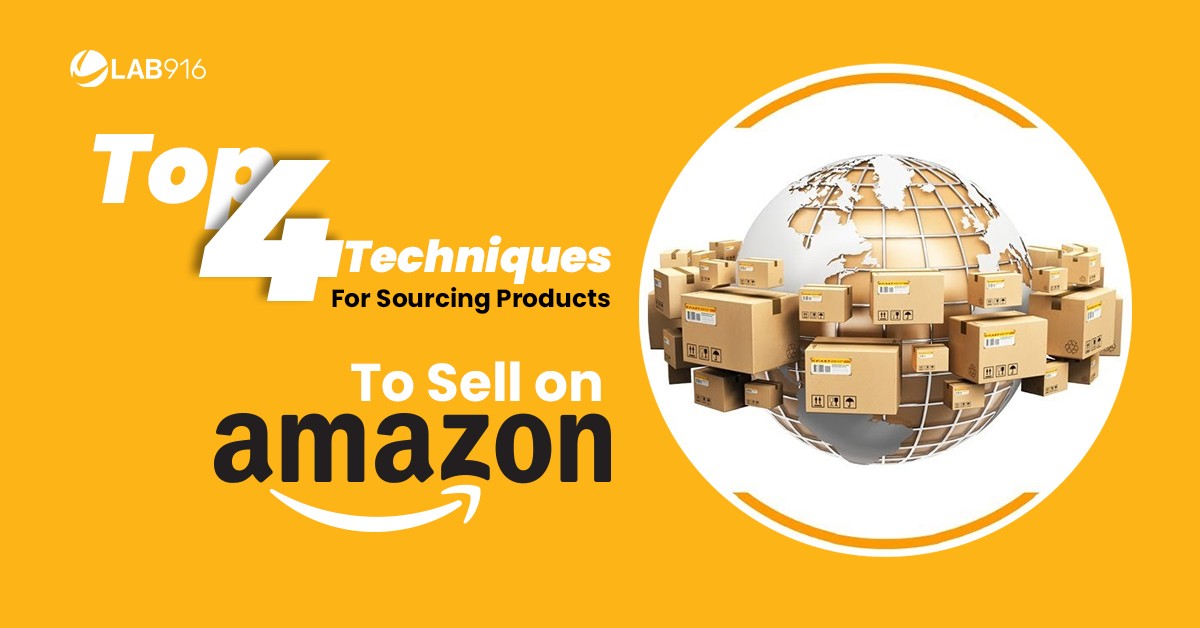
It’s important to begin sourcing products to sell on Amazon according to these special guidelines because competition on Amazon always increases. Additionally, new methods for optimizing and advertising products are developing every day.
One way to sidestep the barrage of competitors is to source products for Amazon that are high profit, and low competition. Low competition products tend to have lower ACoS, which means profits are higher.
When you don’t have a sea of competition or an established market leader to set yourself apart from, making yourself the premier choice is easier. We’ll let you in on the top 4 techniques you can put in place to source and launch your own profitable, low competition product.
The fundamental rule for these techniques is sourcing products to sell on Amazon that are high-quality at market price. Above-market quality at market prices is a recipe for success with any product. This success is only amplified in a low-competition landscape.
Look for a healthy distribution of revenue
JungleScout is the market leader for product research. It can help you uncover vital data about your competition before you start selling.
Search a keyword associated with a product that you intend to sell and take a look at the top 10 results. Are other sellers seeing some success selling the product? Or is there one market leader dominating the majority of the sales?
You’re looking for a fragmented market: one where everyone is currently experiencing somewhat equal success. The revenue should be distributed well across the top ten sellers. This type of market can be entered without heavy resistance, which means you’ll save on advertising costs and maximize profits. Unless you’re a specialist, it’s impossible to know about market leaders for certain categories or where to start sourcing products to sell on Amazon without performing keyword research. Don’t skip this step!
Assess potential demand
You may be familiar with Merchant Words as a tool to gather the most powerful keywords to optimize your product pages. But, if you are just starting to put together an idea of what to sell, it can also be used to assess the demand and sourcing product potential.
Run your product name to see the estimated monthly search volume. You can divide this by 30 to get an estimate of how often people are searching for that product per day, which gives you an idea of the scope of opportunity. High search volume paired with a fragmented market creates the perfect set of conditions for your product to break into.
Assess competition with review count
JungleScout will also display the number of reviews that a seller has for the product. You will have trouble competing with a product whose reviews surpass 100, as it will take a long time to build up the reviews to compete.
Amazon weighs reviews heavily; the listings with the most reviews tend to stick to the top of search results. As these listings maintain their visibility and enjoy sales, more reviews roll in and further cement their page rank.
Performing research on review counts avoids the trials of competing against these types of listings. Consult your list of top ten sellers. Do most of them have less than 100 reviews? Are there any with less than 50? These are reasonable numbers that you should be able to work your way up to, given that you have a high-quality sourced product to offer.
Avoid brand-loyal products
Once you have your list of top ten sellers from JungleScout, run the brand name of the top seller through Merchant Words. If this brand has a considerable monthly search volume, it presents a higher competitive barrier.
Customers who use brand names to search have already decided what they are going to buy: the product made by the brand of their choice. This is called qualified traffic. It’s impossible to bring to your listing without spending time establishing your brand credibility first.
A low search volume for the brand name of the top seller means they are receiving unqualified traffic. These are customers seeking products, but not necessarily their brand. These customers will be much easier to convert by simply presenting another option, yours more compelling than the rest.
Source: Smith, Sean. “Scalable Techniques for Finding Profitable, Low Competition Products to Sell on Amazon.” Prosper Show, 12 April 2017, Las Vegas Convention Center, Las Vegas, Nevada. Conference Presentation.
